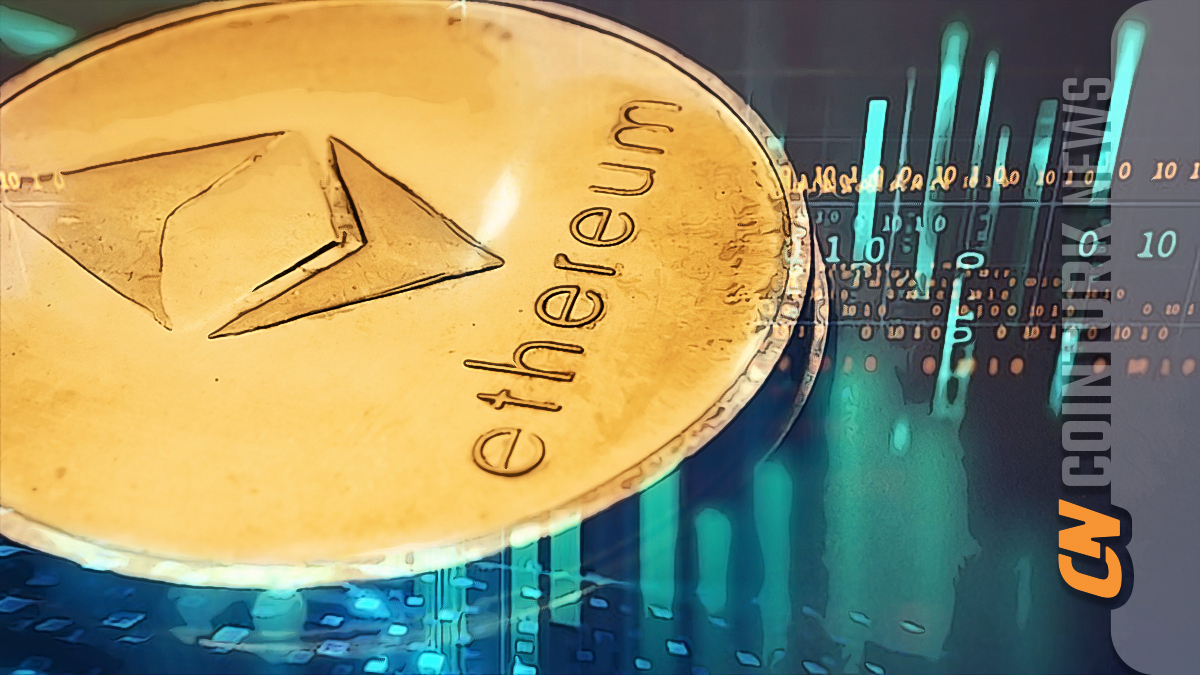Experienced crypto analyst Nicholas Merten warned that the correction of Dogecoin (DOGE), the favorite memecoin of crypto investors, against Bitcoin (BTC) (DOGE/BTC) is likely to continue and said that the decline will persist.
Continued Decline Against Bitcoin
Merten, in his latest video update, stated that the graph of the monthly time frame DOGE/BTC trading pair continues to show weakness, and he expects Dogecoin to remain in a downtrend against Bitcoin for a while:
I believe that in the future, things will move upward and then sideways, but I don’t think it will happen yet. I must point out that if this is a new support and after seeing a 22% increase in a single monthly candle, starting to give back this gain over three months is not a sign of a bull market.
In order for us to say that Dogecoin is in a bull market, we need to see large percentage increases like 600% or 542%. In more moderate months, these rates are at lower levels like 80%, 30%, 209%. We have witnessed increases of 72%, 79%, and 114% in a single month. I am waiting for these types of increases to see a bull market in DOGE.

“DOGE/BTC Can Recover If It Does What It Did in June 2022 and October 2022”
Merten stated that Dogecoin can be subjected to a serious evaluation only if it starts to repeat the price movements similar to June 2022 and October 2022:
I’m not very interested in the current trend. In June 2022, buyers made a 23% increase and then a big 94% increase followed. I understand that some factors like Elon Musk mentioning the use of DOGE in payments above X had an effect on this increase.
The current story is not very important. What matters is the price movement because regardless of these stories, if the price no longer reflects this story and continues to move downward consistently, if buyers do not come, it means it will probably continue to fall further.
This is a rolling effect caused by decreasing expectations. People slowly realize that they are overexposed, they understand that the likelihood of the decline continuing is high, and assets start to move only when buyers really start to put pressure on the market.

 Türkçe
Türkçe Español
Español










